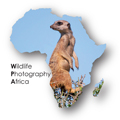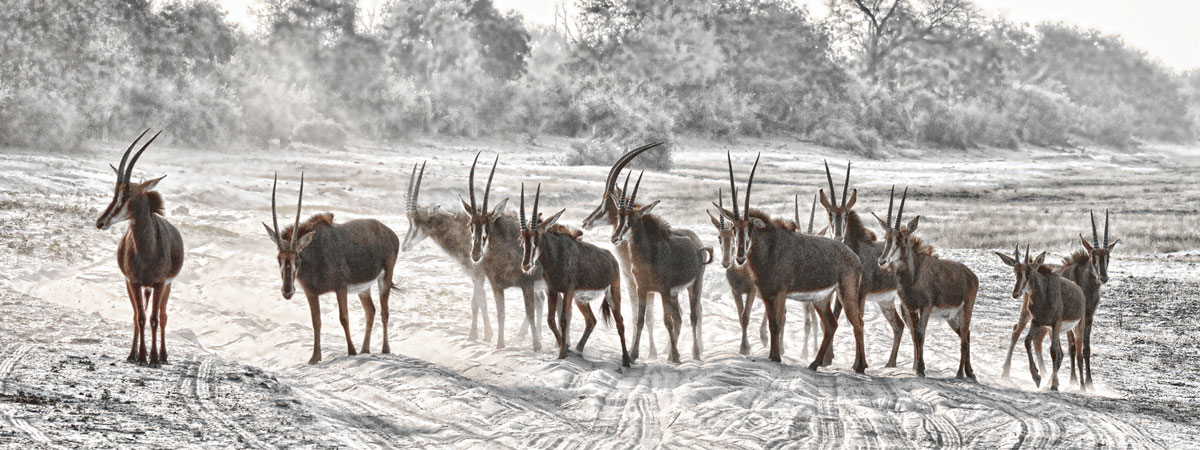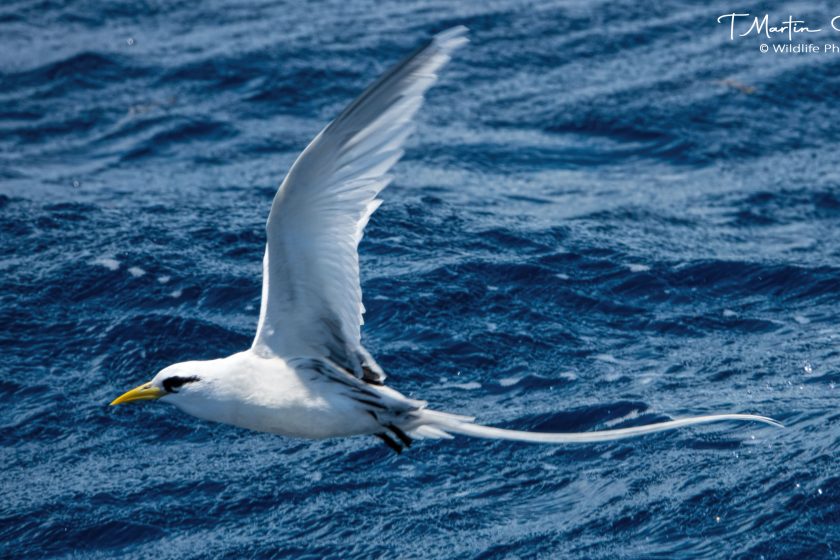As the cold and gloom of a European winter tightened its grip we decided that, after a difficult year, we needed some warmth and sunshine. We didn’t really want a safari as such, we’ve already got those lined up for later in the year. We needed somewhere to chill and recharge, but somewhere that offered more than just beaches.
Eventually we settled on Mauritius, self-proclaimed ‘Paradise Island’; even though February is usually the hottest and wettest month.
Located in the Indian Ocean, 4 hours from South Africa, 5 hours from Mumbai or 12 hours from the UK, Mauritius seemed to offer some varied culture and some worthwhile hiking as well as wonderfully warm sea and, whilst there is not a lot of wildlife, there must be a few birds to photograph.
The choice of flights from the UK was between British Airways, Air Mauritius & Emirates. Emirates were way too expensive and I have an aversion to British Airways, so that left Air Mauritius.
The Air Mauritius flight was on time and uneventful. The food was mediocre and the in-flight entertainment was poor, but we survived.
Arrival procedures were straightforward and our bags emerged pretty quickly. We bought local SIM cards at the airport (MRU750/£13.50 for 1 month).
We emerged from the airport into heavy grey skies which soon turned to rain.
The drive from the airport located in the south east corner to Pereybere in the north west took about an hour and a quarter – through occasional heavy rain – on pretty decent roads.
We’d been warned about a cyclone that was in the vicinity, and which could hit Mauritius, but it passed about 100km to the north of the island.
The difference in temperature is massive. Around zero in the UK when we left and 35 degrees in Grand Baie, with high humidity. The sea temperature is around 28 – 30 degrees. Even the Mauritians were complaining that this year was unusually hot – even for them.
Although the days are VERY hot, 30+ degrees, the evening temperature is very bearable and ideal for outdoor dining.
We decided against hiring a car straight away, preferring to use local buses for the first few days while we got used to the heat. It also gave us a great way of getting to know the local geography and how things worked. They are cheap, basic, have no suspension to speak of and travel at alarming speed.
From where we are at Pereybere into Grand Baie costs MRU24 – just under £0.50.
A similarly priced bus ride in the other direction brings us to Cap Malheureux. Although there is not much of a beach there it does have a local place serving grilled fresh fish on the beach.
Mauritius is an island which means there are lots of beaches, wherever you go.
Mauritians like their beaches and at weekends they congregate on the beaches in large groups, often arriving on Saturday and camping out overnight to spend Sunday on the beach as well, bringing picnics and barbecues with them.
Although this does mean that the beaches are crowded at weekends the atmosphere is terrific and wonderfully good natured.
Many of the public beaches have stalls selling freshly cooked local dishes. Yum. Grilled Dorado with fries cost R450 (£8) while noodles with chicken bits was only R160 (£3), also Yum.
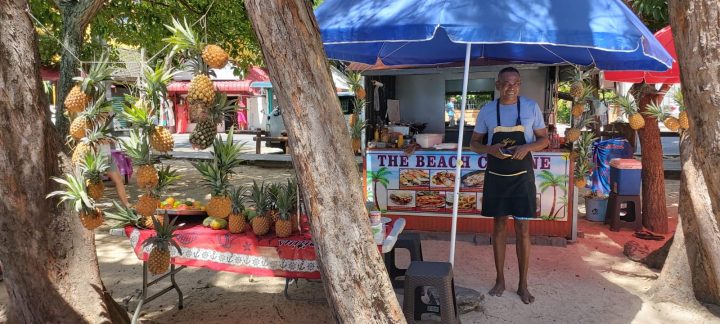
Mauritius is tri-lingual (French, English & Creole) most Mauritians speak Creole or French to each other and although most can also speak English it does not seem to be their language of choice.
The most dominant ethnicity is of Indian origin and they hold most of the political power, whilst long established French families (known locally as Francos) own most of the best coastal real estate.
Mauritius appears keen to attract foreigners to come and settle and offers easy pathways to citizenship.
Those that do choose to come and buy houses on Mauritius are strongly encouraged to buy in purpose built housing clusters away from the coast; the intention being to try and ensure that the existing townships are populated by native Mauritians.
Indeed most of these new housing clusters are built on newly acquired farmland and have little by way of infrastructure around them.
Foreigners seem to like the exclusiveness and security these gated communities provide.
We did eventually get around to hiring a car, from a local office in the next street to our apartment, and set off to do a bit of exploring. The first thing that strikes you about Mauritius is just how green it is. Everywhere that is not cultivated is shrouded in dense vegetation.
The main roads are pretty good, especially the motorways. Once you leave the main roads though you’re likely to be on dirt tracks or tar with an abundance of potholes. Google maps and Waze do not seem to be able to differentiate between proper roads and back tracks.
One thing that did impress us was the Mauritian drivers. I would never say they are the best drivers in the world, but they may well be the most courteous.
In fact everyone we met was relaxed and good natured, making for a very relaxed overall atmosphere.
The Coastline
The north coast is interesting but there are not many great swimming beaches. Cap Malheureux was where the British landed to defeat the French in 1810. It is best known for its red roofed church -Notre Dame Auxiliatrice. Although it is distinctive and unusual, the church has little of interest inside.
Although not a great beach for swimming, Cap Malheureux is a great place for an al fresco lunch of freshly grilled seafood on the beach.
The east coast has some very fine looking beaches, but this is the windy side of the island so seas can be rough and not always ideal for swimming.
About halfway down the east coast the small town of Trou d’eau Douce is where boats depart for full or half day trips to the nearby Ile des Cerfs.
The south coast offers the best snorkelling. There are places to swim but the shoreline is often rocky. Our favourite place in the south was St Felix, a fun place to be at the weekend when the beach is busy with lots of people. Snorkelling is very good and there’s also a super place selling excellent cheap local dishes.
The road that follows the south coast is one of the prettiest drives on the island, eventually turning north at Le Morne, a peninsula that juts out to the west.
There’s a rewarding hike at Le Morne that gives great views in all directions.
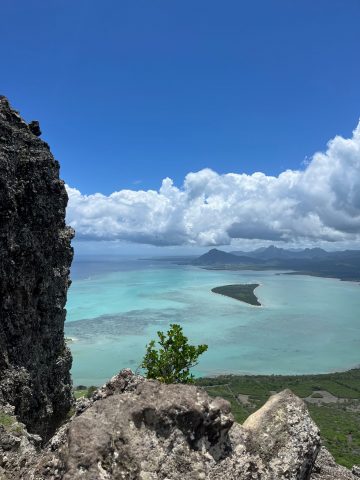
The west coast has the best beaches for swimming. Long sandy beaches with plenty of shade.
Grand Baie is the main centre in the north west, with large supermarkets, shopping malls and a lot of clothing shops. Plenty of restaurants here, some of them very good.
A selection of local food stalls on the beach and for those less adventurous eaters there is a McDonalds and a Domino’s Pizza. If you don’t want those then just up the road you’ll find a South African equivalent, a Spur (burger place) and a Debonairs pizza place.
Grand Baie is also the place where catamaran trips to the northern Isles depart.
Tamarin is where the Black River joins the ocean.
The beach here was quite quiet but the backdrop of the river and mountains made it a nice spot to spend time. A great way to spend a few hours is to hire kayaks and paddle up the river.
Around sunset the estuary at Tamarin is also one of the best places to see and photograph the Mauritian Flying Foxes, large fruit bats.
Inland
Pamplemousses – Sir Seewoosagur Ramgoolam Botanical Garden
Moderately interesting to walk around. At the gate we were approached by guides who wanted to show us around but although it would have been informative the guides said that they would set off with us but that other people would join us along the way, some French, some Italian. The prospect of having to listen to everything being explained multiple times in a variety of languages put us off the guides and we just strolled around by ourselves.
Black River Gorges NP
The more interesting of the 2 National Parks on the island.
Although the roads are good, it took us the best part of an hour and a half to get here from Pereybere.
It is here that you have the best chance of seeing one of the islands endemic birds, the Pink Pigeon, as there is a rescue centre here that brought the pigeon back from the brink of extinction.
There seemed to be plenty of them around. Not the most attractive pigeon, but you won’t see them elsewhere. It is also one of the best places to catch a sighting of the endangered Mauritius Kestrel. Sadly we didn’t see one.
I did see a Mauritius Fody though. Another lifer.
Close by is Alexandra Falls. It supposed to be spectacular but – at least on the day we visited – it was underwhelming with very little water flowing.
There are several rum distilleries on the island and a lychee winery. Everything we tasted was good.
The Northern Isles
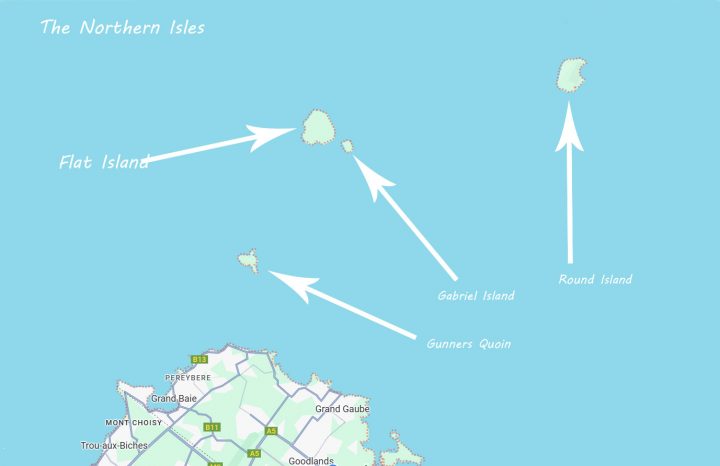
There is a small cluster of islands about 16km north of Mauritius. They are renowned for colonies of sea birds.
Catamarans leave on most days taking people to the islands but these boats are quite crowded and most of the people just want to do a bit of snorkelling and have a few drinks.
I checked out the cost of a private boat but had to sit down when they told me the cost as I felt faint. R35,000/ £600.
So we signed up for a day out on a catamaran. At least I’d get to see some birds.
Or not.
We set out in lovely weather but had only just passed Gunner’s Quoin when the crew announced that we could not continue out to the islands because the sea was too rough. They would have to turn back. Indeed 6 catamarans had set out in the morning and the other 5 had already turned back. Major disappointment.
The crew now had the task of trying to keep people happy. A crew member had been grilling various food on a small BBQ at the back of the boat so we anchored in the lee of Gunner’s Quoin for lunch. It was actually far better than expected.
The stop at Gunner’s Quoin also gave me a chance to have another go at photographing the Tropicbirds that were zooming about the cliff tops. Not particularly successfully though.
After lunch in the lee of Gunner’s Quoin the boat began returning towards Grand Baie.
I’d just put my camera away when a woman next to me asked “what are those birds?” There were 3 birds bobbing about on the waves in front of the boat. Bugger, they were Tropicbirds. They took to the air while I was scrambling to get my camera out again.
I stood there cursing and scanning the waves. There was another one, just one, bobbing up & down on the sea. It kept appearing and disappearing as the boat rolled on the waves. Luck was with me and I managed a few shots before it too took off.
I was surprised how big they are. When you see them flying around they look so slender and small, but close up they are the size of a medium sized gull. And it was not until I got home and looked properly at my photos that I realised how big their feet are.
Port Louis
The capital of the island. That’s about as much as I can tell you. We planned 2 visits to Port Louis, neither of which succeeded.
The first visit was to the Terre Rouge Bird Estuary, Mauritius’ first and only RAMSAR reserve.
As soon as we arrived a bloke in uniform came out of the entry gate to tell us that the reserve was closed because of disease being brought in by birds migrating from Reunion. We walked down the outside of the reserve to where the estuary goes out into the sea and from where we could see the cranes of Port Louis and the cargo ships waiting the come and unload.
It is apparently a good place for fishing as there were lots of fishermen, with both rods and nets there.
We saw only 3 birds though; a Crow, a Heron and a Fody
Our second visit to Port Louis had to be cancelled because of a cyclone warning.
We’d left our Port Louis visit until the end of our trip only find ourselves unable to travel.
Cyclone Garance was out there in the Indian Ocean and apparently headed towards Mauritius.
As it got closer the alert level was raised to Level 3, which apparently means that all businesses are supposed to stay closed and people are not supposed to leave their homes.
Well, most of the businesses were closed, including all supermarkets and 95% of restaurants.
Apparently we were not even supposed to go to the beach. We found this out because whilst we were enjoying a swim we heard a police siren and all the locals in the water immediately rushed towards the shore. Suddenly there were a dozen or so police officers on the beach telling everyone to clear off. I asked one of them what was happening and – very sour faced – he told me we were not supposed to be outside.
Oh well.
Because of the cyclone alert the airport was closed for 2 days and some of the tabloid press in the UK had articles telling of frightened British tourists stranded on an island in the path of a cyclone. We didn’t see anyone who looked remotely bothered.
It never came. Shame, I’ve never experienced and cyclone and was looking forward to it.
Birding
I already knew that Mauritius would not be the best birding destination I’d visited. Even so I was optimistic that there would be a decent number and variety of birdlife. Hah! It was actually one of the very worst places I’ve been for birds. So much vegetation, so few birds. Obviously a few lifers but ultimately disappointing.
A large percentage of the bird photos I took were from the balcony of our apartment. There were a good number of Red Fodys and Doves in the trees around the apartment
and we had lots of Geckos too.
There was even a visit – just a brief one – from some Mauritius Grey White-eyes; notable for the fact that they do not have a white eye ring.
With so much coastline, I’d expected a lot more shorebirds but the only ones I saw were Whimbrels and Striated Herons, as well as seeing – just once – 4 turnstones. I didn’t see a single plover.
The list of species I saw is sadly brief.
Red Fody, Mauritius Fody, Zebra Dove, Spotted Dove, Rock Dove – better known as a Feral Pigeon, Common Myna, House Sparrow, Village Weaver, Pink Pigeon, House Crow, Whimbrel, Turnstone, Striated Heron, Red-whiskered Bulbul, Common Waxbill, Mauritius Grey White-eye, White-tailed Tropicbird
So, what about Mauritius? Is it a paradise island?
It depends.
I am sure that for some people who spend their entire holiday in a resort with swimming pools and a nice beach it can be bliss. That’s not my kind of paradise though.
Certainly, in some of the places we visited, if one just sat on the beach and looked out onto the blue ocean waters it could look like paradise. But anyone who’s travelled a bit will know that there are many places with much better beaches and much more beautiful scenery. There are undoubtedly places with much swankier resorts too.
For us, Mauritius is the ‘almost island’. It has a lot of places that are lovely, but they are not as lovely as can be found elsewhere. There are good restaurants, but better ones can be found elsewhere and Mauritius is not a cheap place to eat out.
Favourite places to eat
Pereybere
Mam Gouz – fabulous buckwheat crepes
Bloom – bistro type place, great for breakfast & lunch
Grand Gaube
At Linda’s Place – Restaurant & Rum Bar. Original menu of Mauritian/Indian fusion with an amazing selection of rums. Proprietor/chef Andy is an entertaining host.
Grand Baie
Italian Pizza da Mario – excellent handmade wood-fired pizzas – take away only
Fynbos – great bistro for breakfast & lunch
The Beach House – South African style bar/restaurant with great beach-front location
Kimbo Lebanese Kitchen – wonderful authentic Lebanese dishes
St Felix beach – food shack on the beach – great local dishes
Overall though, Mauritius is a very relaxed island though; the people we met were almost universally friendly and cheerful.
